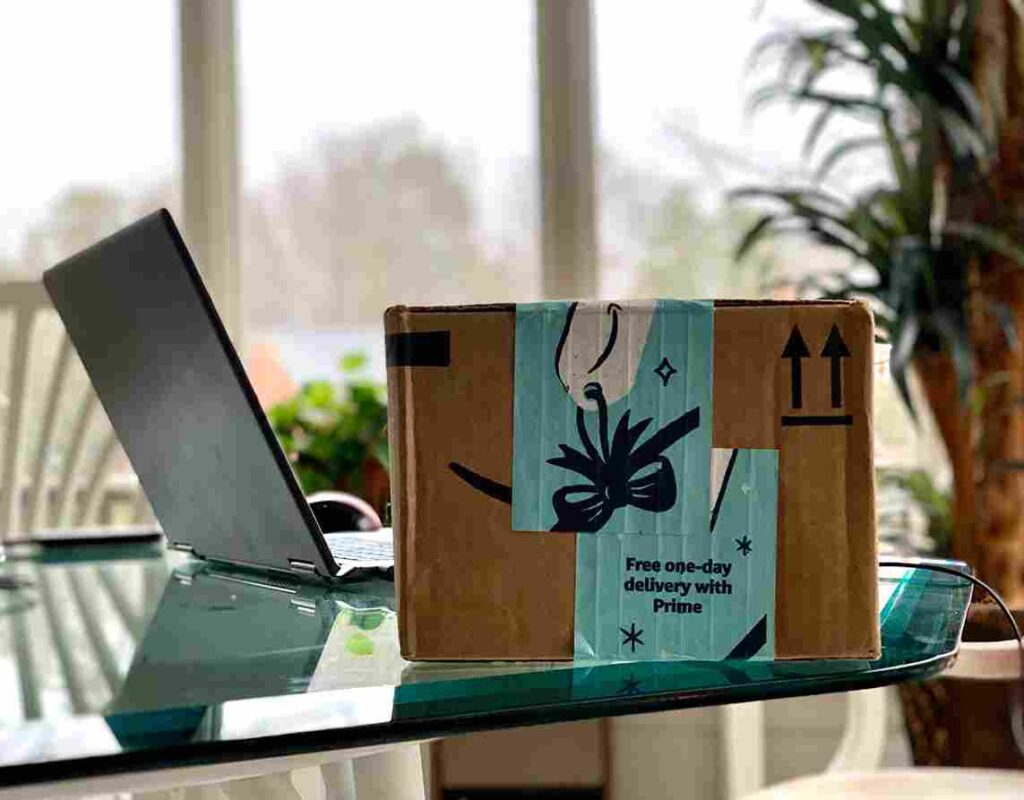
Boatnerd AIS: Everything You Need to Know
What Is Boatnerd ?
Boatnerd AIS is a real-time vessel tracking system used by maritime enthusiasts, ship spotters, and professionals to monitor Great Lakes shipping. It utilizes the Automatic Identification System (AIS) to provide live data on ship locations, routes, and specifications.
How Boatnerd Works
Boatnerd AIS relies on a network of receivers that capture AIS signals from ships. These signals include essential information such as:
- Ship name and type
- Current location and speed
- Destination and estimated arrival time
- Cargo details
This data is then displayed on interactive maps, allowing users to track vessels in real time.
Why Boatnerd Is Popular
Boatnerd AIS is widely used due to its:
- Easy accessibility – Available online for free
- Real-time updates – Constantly refreshing ship positions
- Detailed ship info – Provides technical and operational details
- Community engagement – Enthusiasts share photos and updates
Benefits of Using Boatnerd
Using Boatnerd AIS offers numerous advantages:
- Enhances ship tracking for hobbyists and professionals
- Improves maritime safety by identifying nearby vessels
- Provides historical data on vessel movements
- Supports educational and research purposes
How to Access Boatnerd
You can access Boatnerd AIS through:
- Boatnerd.com – The official website
- Mobile apps – Various third-party AIS apps
- AIS receiver stations – Local setups for personal tracking
Who Uses Boatnerd ?
Several groups benefit from Boatnerd AIS, including:
- Ship enthusiasts and photographers
- Maritime industry professionals
- Fishermen and recreational boaters
- Historians and researchers
Boatnerd: Comprehensive Guide for Ship Tracking
How Boatnerd Tracks Ships in Real Time
What Is Technology?
AIS (Automatic Identification System) transmits ship data using radio signals, allowing real-time tracking.
How Boatnerd AIS Uses Data
Boatnerd AIS collects and displays AIS signals from vessels, providing users with ship movements and locations.
Key Features of Boatnerd
Real-Time Ship Tracking
Users can see ship locations, routes, and speeds updated continuously.
Vessel Information Database
Boatnerd AIS provides ship names, dimensions, and cargo details for maritime enthusiasts and professionals.
Boatnerd vs. Other Ship Tracking Services
Great Lakes Focus
Unlike global AIS services, Boatnerd AIS specializes in tracking ships within the Great Lakes and St. Lawrence Seaway.
Comparison with Other Systems
While platforms like MarineTraffic and VesselFinder track worldwide vessels, Boatnerd AIS offers more localized and detailed data.
How to Use Boatnerd for Ship Spotting
Finding Ship Locations
Users can check real-time ship positions and identify vessels traveling through specific waterways.
Taking and Sharing Ship Photos
Enthusiasts use Boatnerd AIS to capture images of ships at various ports and locks, sharing them with the community.
Benefits of Boatnerd for Maritime Enthusiasts
Stay Updated on Ship Movements
Users can track arrivals, departures, and estimated arrival times to plan ship-watching activities.
Enhancing Maritime Knowledge
Boatnerd AIS provides valuable insights into Great Lakes shipping, helping users learn about different vessels.
Understanding Data on Boatnerd AIS
Types of AIS Information Available
Boatnerd AIS displays data such as vessel names, IMO numbers, speed, direction, and current status.
Interpreting Signals
The system converts AIS transmissions into easy-to-read maps, making ship tracking accessible for all users.
Boatnerd and Maritime Safety
Collision Prevention
By showing real-time vessel locations, Boatnerd AIS helps prevent maritime accidents.
Navigational Assistance
Recreational and commercial boats use AIS data for better route planning and navigation.
How Boatnerd Supports the Shipping Industry
Improved Fleet Management
Shipping companies use AIS data to monitor their fleets and optimize scheduling.
Efficient Port Operations
Boatnerd AIS assists port authorities in managing docking schedules and reducing congestion.
Boatnerd for Research and Education
Studying Ship Traffic Patterns
Researchers analyze AIS data to understand trade routes and maritime traffic trends.
Historical Data for Academic Use
Students and maritime historians use past AIS records for educational and research purposes.
How to Set Up a Personal Receiver for Boatnerd AIS
Choosing the Right Receiver
Users can install land-based AIS receivers to collect local ship data and contribute to Boatnerd AIS.
Connecting to the Boatnerd Network
After setting up a receiver, users can share real-time AIS data with the online community.
How Weather Affects Data Accuracy on Boatnerd
Signal Interference from Storms
Severe weather conditions can disrupt AIS transmissions, causing temporary tracking gaps.
Winter Ice Navigation Challenges
Ice-covered waterways can alter ship routes, making AIS tracking even more critical during winter months.
Mobile Apps Compatible with Boatnerd
Third-Party Tracking Apps
While Boatnerd AIS is web-based, apps like MarineTraffic and Ship Finder offer mobile-friendly tracking.
How to Use Apps for Great Lakes Ship Tracking
Users can integrate third-party apps with Boatnerd AIS for an enhanced ship tracking experience.
Exploring Historical Ship Data on Boatnerd
Reviewing Past Vessel Movements
Boatnerd AIS allows users to check historical AIS records to study past ship routes and incidents.
Tracking Famous Ships Over Time
Ship enthusiasts can follow the history of specific vessels by accessing archived AIS data.
Future of Boatnerd and Great Lakes Ship Tracking
Advancements in Technology
Improved satellite AIS systems and enhanced data networks may make Boatnerd AIS even more accurate.
Expanding the Coverage Area
With more receivers and user contributions, Boatnerd AIS could expand beyond the Great Lakes region.
How to Contribute to Boatnerd Community
Sharing Ship Photos and Updates
Users can upload images and information about ships they spot, adding value to the platform.
Becoming a Volunteer Data Provider
By setting up AIS receivers, individuals can help improve real-time tracking accuracy on Boatnerd AIS.


